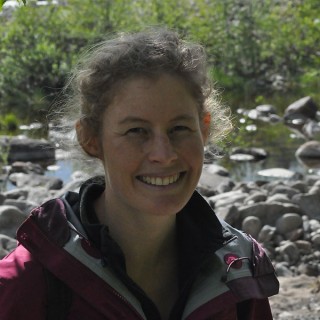I sit awkwardly, muscles tensed, waiting for my target to float into view.
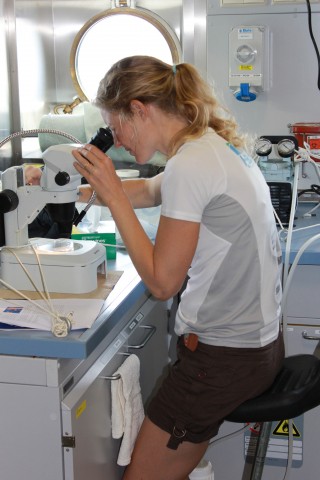
My weapon, a glass pipette, poised to strike. Suddenly something gently glides into view, looking deceptively relaxed, with its’ six legs splayed wide, gently feeling the water currents. I slide the pipette carefully into the water, quietly sneaking upon the baby zooplankton targeted in my microscope. With a well-timed squeeze the baby zooplankton shoots up my pipette and I gently deposit it into the dish beside me. On our five days on the Falkor we have been able to collect 240 of these tiny critters to add to our nauplii grazing experiment. Nauplii are baby copepod zooplankton and are a very important link in the marine food chain. Nearly all production in the oceans is channelled through zooplankton to higher trophic levels such as fish, turtles and whales. Little is known about the ecology of nauplii, mostly due to their small size, typically falling right through the 200 micron mesh commonly used by ocean researchers.
Phytoplankton or bacteria buffet
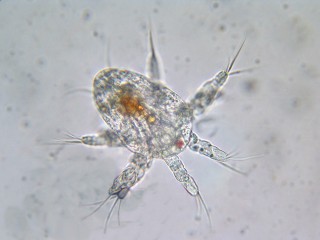
Does it seem silly to sit on a boat in the middle of the vast ocean and look for animals that are so small you can only see them under the microscope? Not really, because although they are small, nauplii have been estimated to at times be the most numerous animal in the ocean. Nauplii are also hungry critters, able to eat up to 3-4 times faster than adult zooplankton. Nauplii are also able to potentially feed on a larger size range of food than adult zooplankton, which includes bacteria. This is important because some scientists believe that as the ocean gets warmer bacteria will grow faster, and phytoplankton (one of nauplii’s food sources) will grow slower. Consequently nauplii may be able to tap into this additional bacterial resource, and instead of declining due to food shortages at higher temperatures, may actually do quite well. With our grazing experiment we hope to classify what sizes and types of organisms (i.e. phytoplankton and bacteria) nauplii eat, so we can figure out how they fit into the food chain. And in the future how they might be affected by rising ocean temperatures.
Important things come in small packages
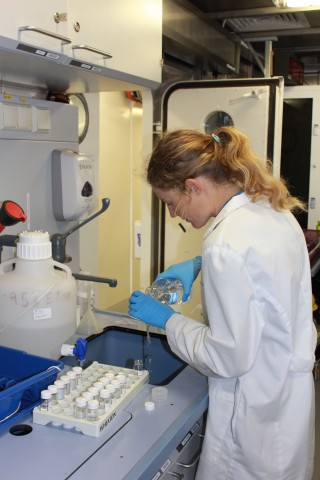
So little is currently known about the ecology of nauplii, that when we began this experiment we weren’t even sure where to find them! After an unsuccessful hunt for nauplii at 25m depth, we were able to track them down at the chlorophyll maximum, by taking samples for naupliar abundance every 25m down to 130m deep. The chlorophyll maximum is the depth where low light for photosynthesis results in more chlorophyll per cell, so each phytoplankton cell is “jucier”.
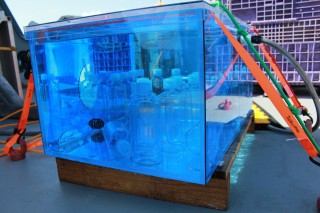
To catch our nauplii we used the CTD rosette, which in addition to being able to close bottles remotely at different depths, also measures a whole range of variables, including salinity, temperature and fluorescence. The real time measurements of fluorescence enabled us to find and track the chlorophyll maximum. At Station ALOHA this was at about 105 m depth. Consequently, there should be a lot of “juicy” food available at this depth for zooplankton, and perhaps also their nauplii. Our next step is to process our samples back at the University in the lab. This will help us know exactly what and how much the nauplii are eating. So stay tuned!
